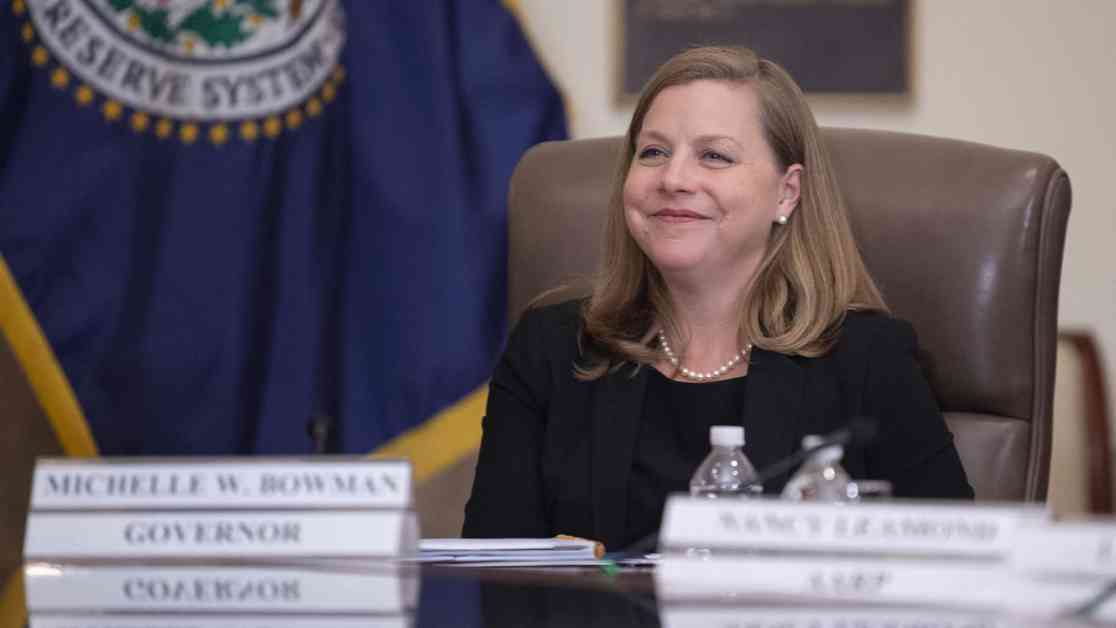US Federal Reserve Governor Michelle Bowman recently expressed her dissent over the decision to cut interest rates by half a percentage point, citing concerns about the potential for inflation to rise. Bowman’s stance as the lone dissenter from the Federal Open Market Committee’s decision highlights the complexity of the economic landscape and the differing perspectives within the central bank.
Bowman’s Concerns Over Inflation
At a recent “Fed Listens” event at the Federal Reserve headquarters in Washington, DC, Bowman voiced her reservations about the aggressive rate cut, stating that it could be interpreted as a premature declaration of victory on the Fed’s price-stability mandate. With inflation running above the central bank’s 2% goal, Bowman emphasized the importance of maintaining a balanced approach to monetary policy to support both low inflation and full employment.
While Bowman acknowledged the need for a rate reduction, she advocated for a more moderate quarter percentage point cut, aligning with the traditional moves of the central bank. By taking a measured approach, Bowman believes that the Fed can better achieve its long-term goals of stabilizing inflation and supporting a strong labor market.
Risks and Challenges
Bowman highlighted several specific concerns regarding the implications of a half percentage point rate cut. She expressed apprehension that the sizable reduction could signal fragility or greater downside risks to the economy, potentially leading to market expectations of a series of large cuts. Additionally, the influx of cash into the economy as rates fall could fuel inflation, undermining the Fed’s efforts to achieve its 2% target.
Moreover, Bowman cautioned against the notion that rates would need to come down as much as other policymakers suggested. While acknowledging the easing inflation and softening labor market conditions cited by some Fed officials, Bowman emphasized the importance of a nuanced and data-driven approach to monetary policy.
Policy Outlook and Market Expectations
Following last week’s rate cut, individual policymakers indicated their expectations for additional cuts in the coming years, with market pricing reflecting a more aggressive stance. While the Fed’s benchmark overnight borrowing rate is currently targeted at 4.75%-5%, the divergence between policymakers’ projections and market expectations underscores the uncertainty surrounding future monetary policy decisions.
Bowman reiterated that policy is not on a preset course and will depend on evolving economic data. Despite acknowledging the softening labor market conditions, she emphasized the need to prioritize price stability, especially as the labor market remains near estimates of full employment.
In conclusion, Governor Bowman’s dissenting voice sheds light on the complexities and challenges facing the Federal Reserve as it navigates the current economic environment. By advocating for a more measured approach to monetary policy, Bowman underscores the importance of balancing inflation concerns with the goal of maintaining a strong labor market. As the Fed continues to assess economic conditions and adjust its policy stance accordingly, the debate over the appropriate course of action is likely to persist.














